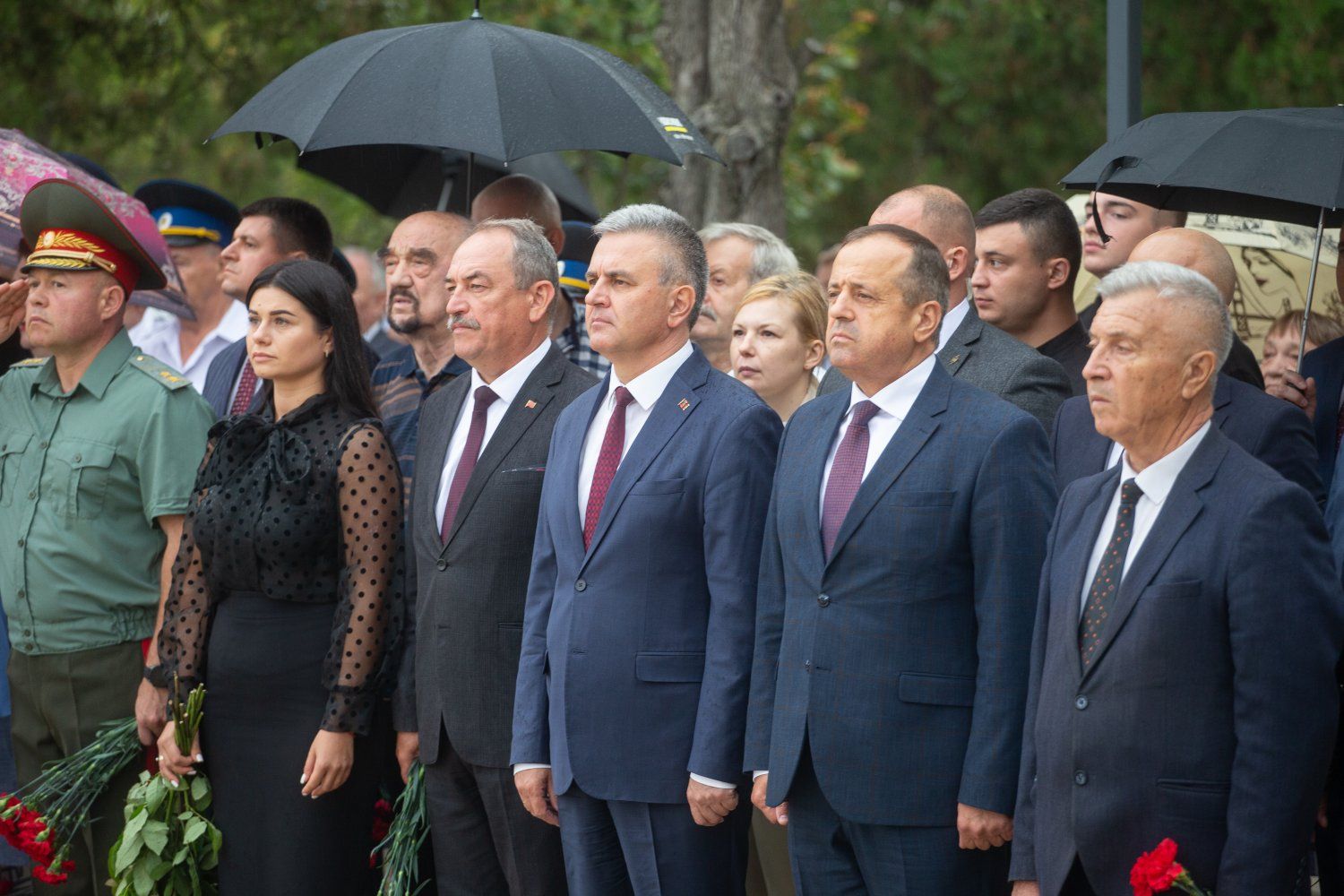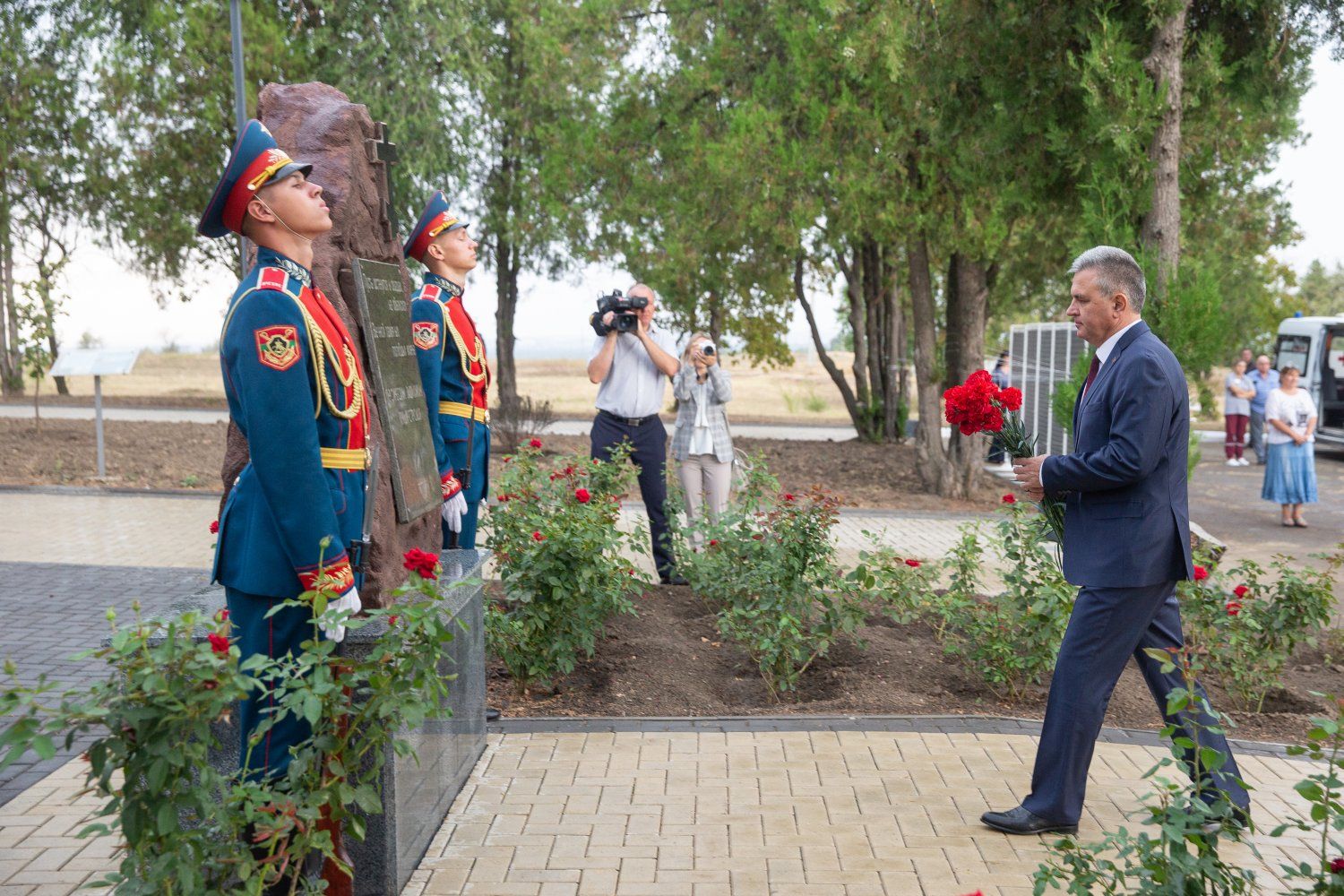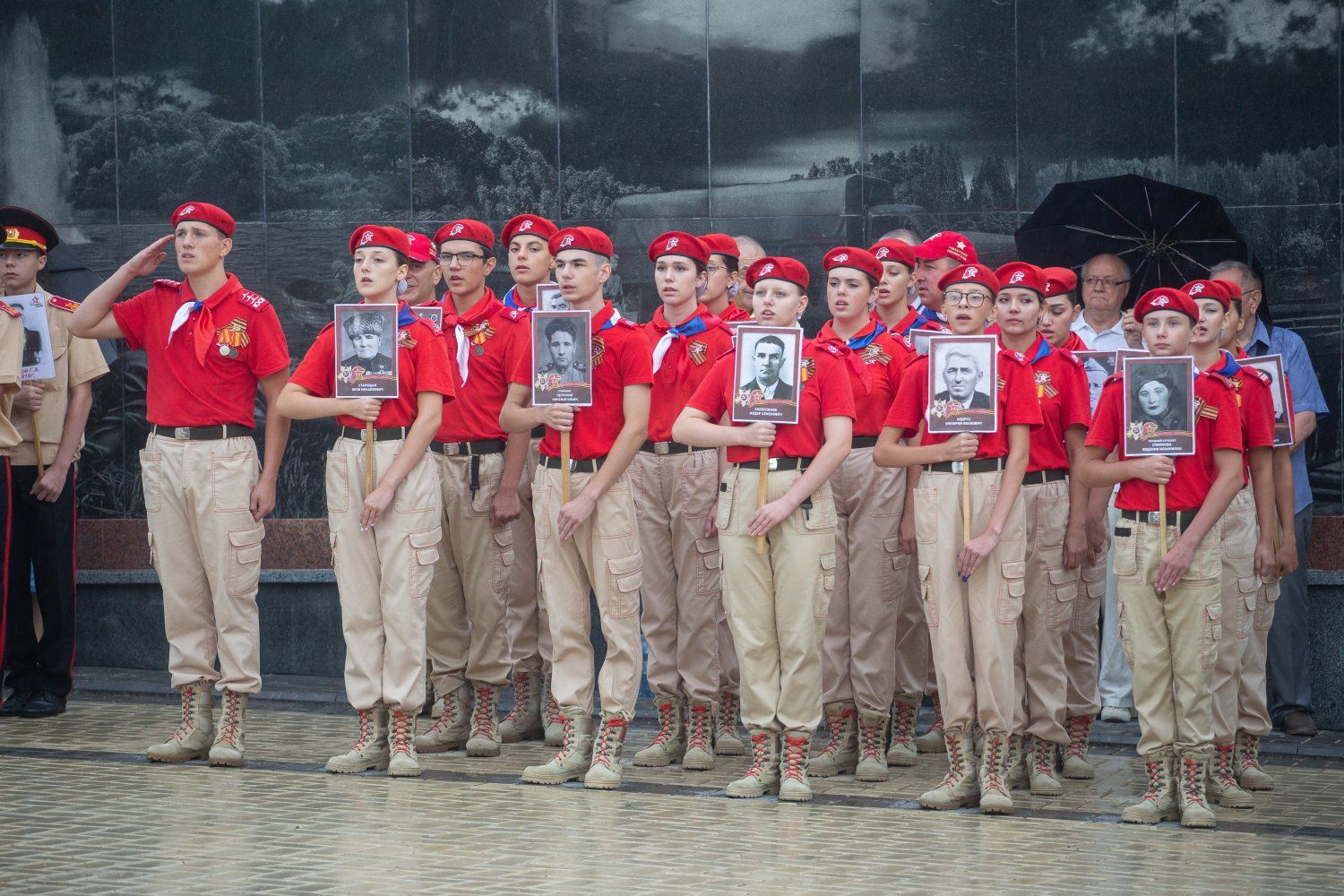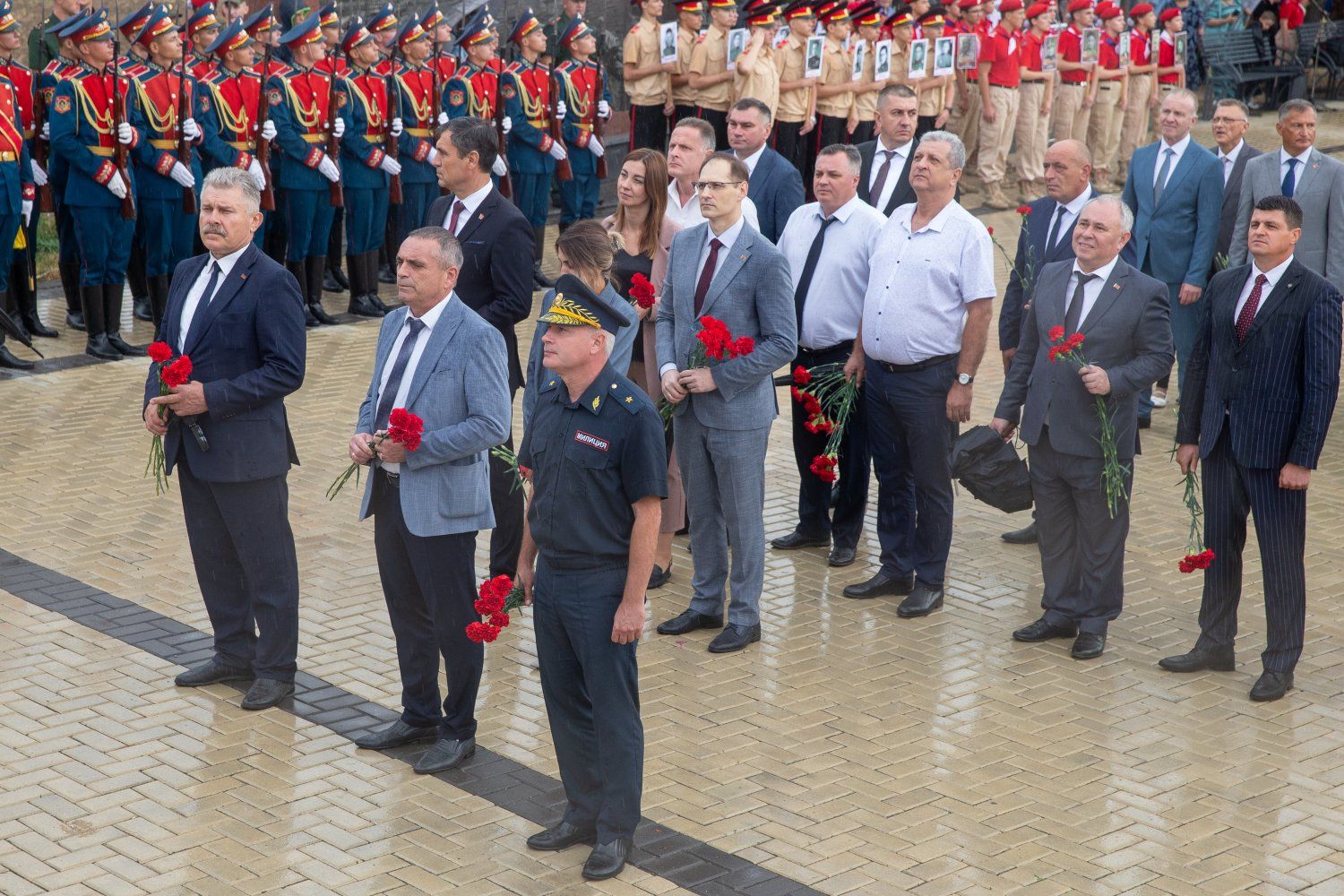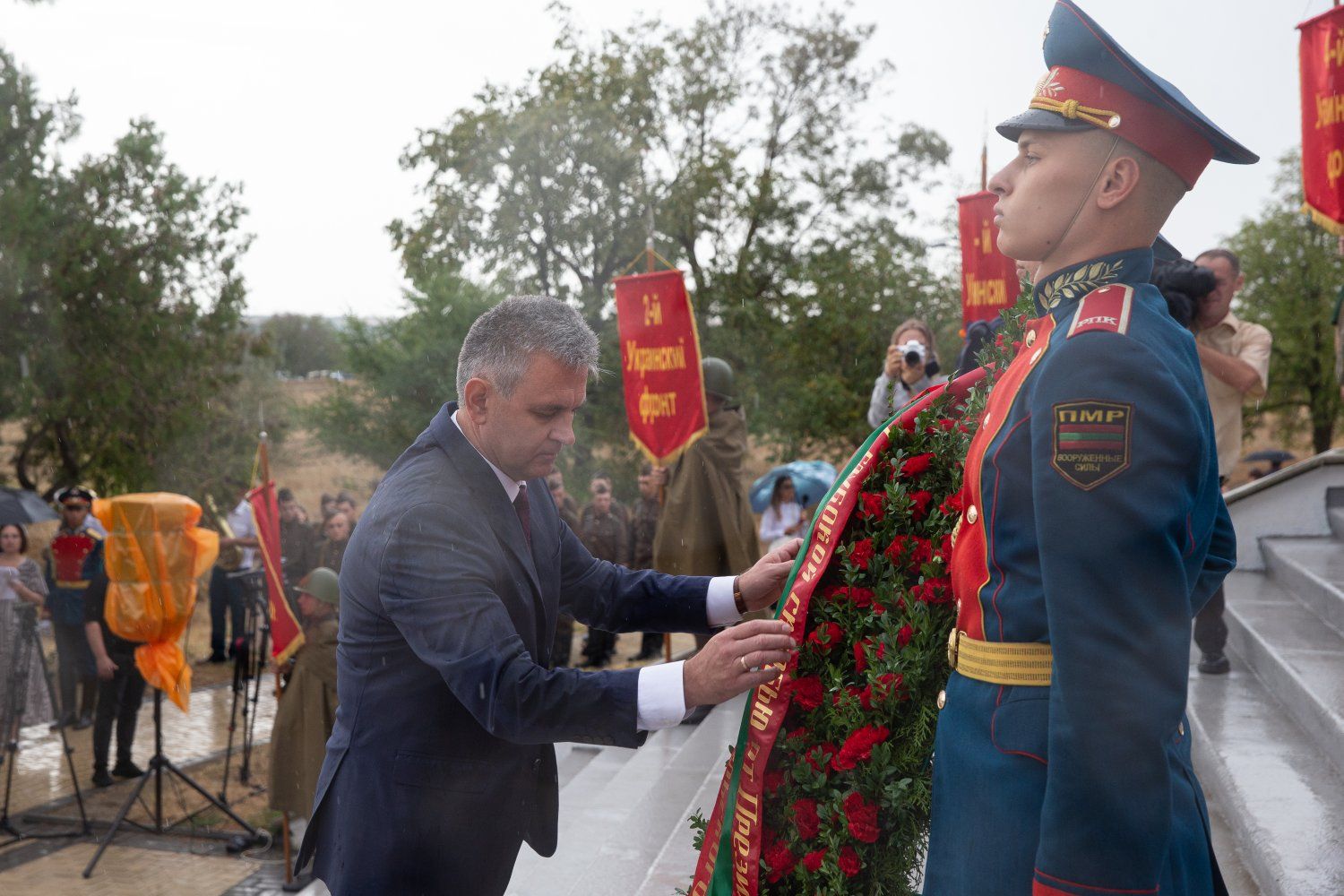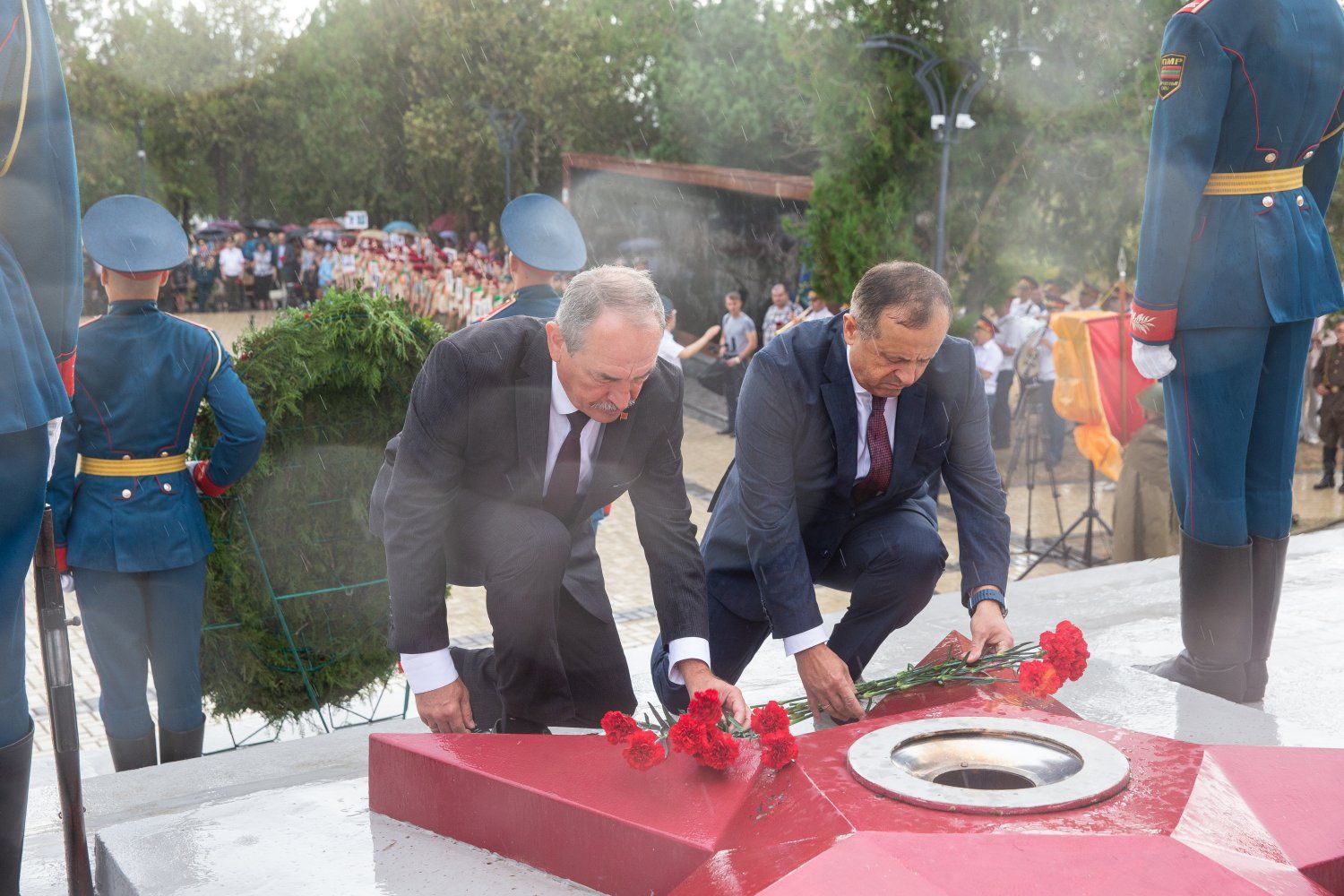Leningrad-Novgorod: January 14 – February 29, 1944
Dnieper-Carpathian: December 24, 1943 – April 17, 1944
Odessa and Crimea: March 28 – May 12, 1944
Vyborg-Petrozavodsk: June 10 – August 9, 1944
“Bagration”: June 23 – August 29, 1944
Lvov-Sandomierz: July 13 – August 29, 1944
Iasi-Kishinev: August 20 – 29, 1944
Baltic: 14 September – November 24, 1944
East Carpathian: September 8 – 28, 1944
Petsamo-Kirkenes: October 7 – November 1, 1944
This is what the calendar of the largest offensive operations of the Great Patriotic War of the heroic year of 1944 looks like. Ten successfully implemented points of the victorious plan. Ten confident steps of the Soviet army to victory. Ten crushing blows, after which the enemy was not just knocked out, but routed and expelled from the territory of the Soviet Union. Special attention in the current days of August is paid to the seventh and one of the most important operations – Iasi-Kishinev, as a result of which the Pridnestrovian land was freed from occupation. Commemorative events are organized at the "Kitskany bridgehead" memorial complex. It was from here that the offensive started. The grand battle began at dawn on August 20, 1944.

The Victory Banner flutters at the historical site today, the front standards proudly glow, the names of armies and divisions, the names of commanders and Pridnestrovians awarded the honorary title of Hero of the Soviet Union are heard: Vladimir Aleksandrovich Bochkovsky, Petr Petrovich Vershigora, Fedor Ivanovich Zharchinsky, Ivan Nesterovich Koval, Stepan Kalinovich Kolesnichenko, Mikhail Arkadyevich Pavlotsky, Sergey Ivanovich Poletsky, Ivan Sidorovich Soltys, Georgy Mikhailovich Sorokin, Georgy Georgievich Chernienko, Pavel Andreevich Shcherbinko, Sergey Ivanovich Bolgarin, and full holders of the Order of Glory: Grigory Nikitovich Darev, Anton Grigorievich Chichik and Petr Ivanovich Emelyanov. The President of the Pridnestrovian Moldavian Republic Vadim Krasnoselsky in the course of the rally dedicated to the 80th anniversary of the liberation of the territory of today's Pridnestrovie from the Nazi invaders called for remembering and honoring the feat of each soldier-defender and the entire Soviet people.
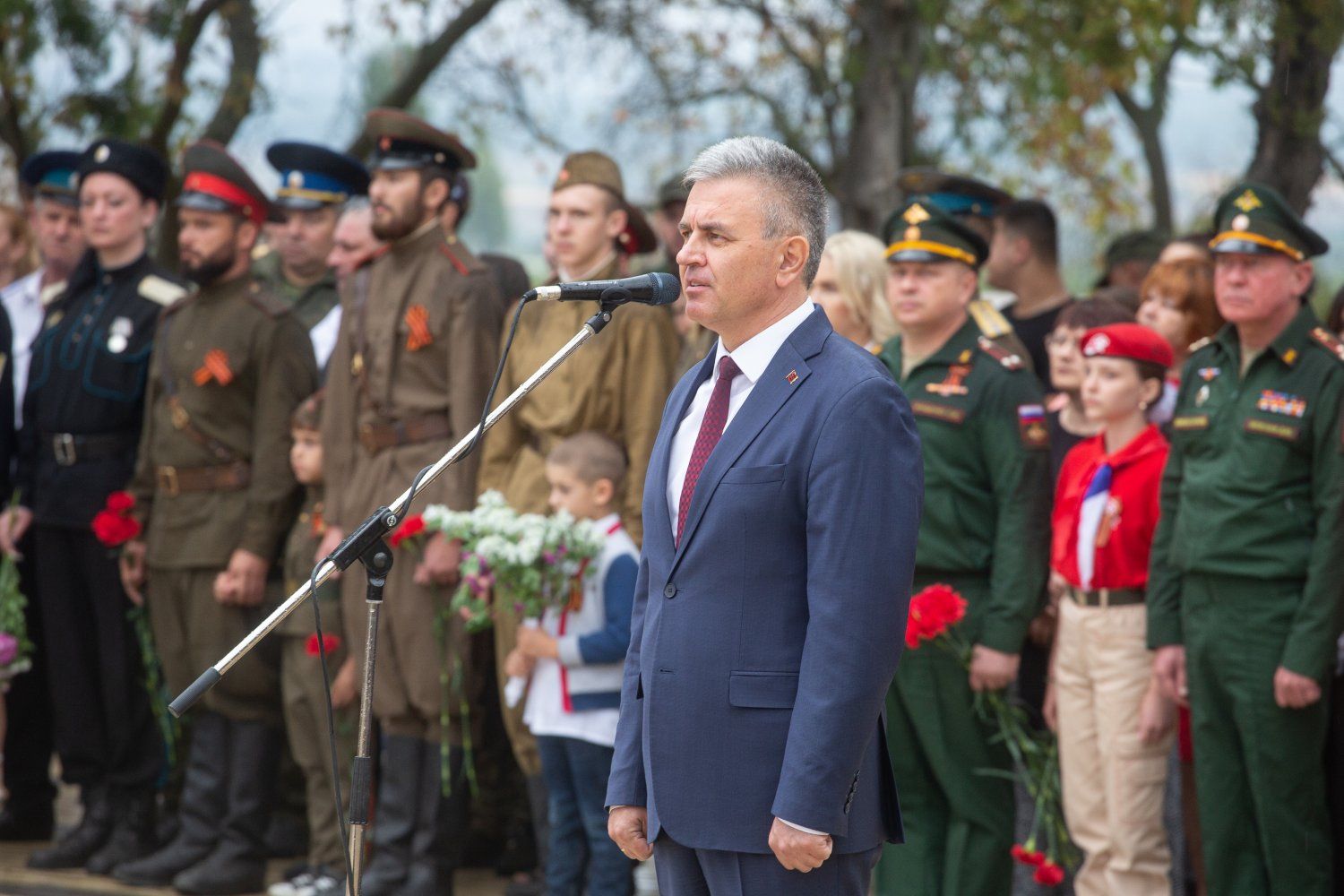
The President called the 80th anniversary of the liberation of the Pridnestrovian region from the fascist-Nazi evil spirits an important date. He spoke about the importance of preserving the truth about the past and the negative phenomena of the present, about veterans and future defenders. The Kitskany Bridgehead Memorial was created in 1972. The grand opening took place on May 9 – timed to coincide with the next anniversary of the end of the Great Patriotic War. On the initiative of the PMR President Vadim Krasnoselsky, the complex was reconstructed and filled with new elements for the 78th anniversary of the Jassy-Kishinev operation – informational and illustrative stone canvases were installed. The basic monument of the memorial, created by the architect Shoikhet, in the form of a rifle bayonet, has remained unchanged. The inscription on the slab describing the essence and significance of the historical events that took place at this place has also been preserved: “On August 20, 1944, from here from the Kitskany bridgehead, the troops of the 3rd Ukrainian Front began an offensive, which, together with the troops of the 2nd Ukrainian Front, the Black Sea Fleet and the Danube Military Flotilla, during the Iasi-Kishinev operation, surrounded and defeated a powerful enemy group and completed the liberation of the Moldavian SSR from the fascist invaders.
Glory to the heroic Soviet Army!" The territory of the complex continues to be improved. The site is included in tourist and educational excursion routes. Participants of today's commemorative event, which took place in pouring rain that washed the heroic bridgehead, laid flowers at the 35-meter obelisk of the memorial. The ribbon of the presidential wreath bears the inscription "Memory and glory to the liberators of the Pridnestrovian land".

